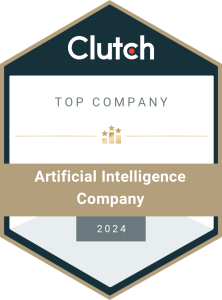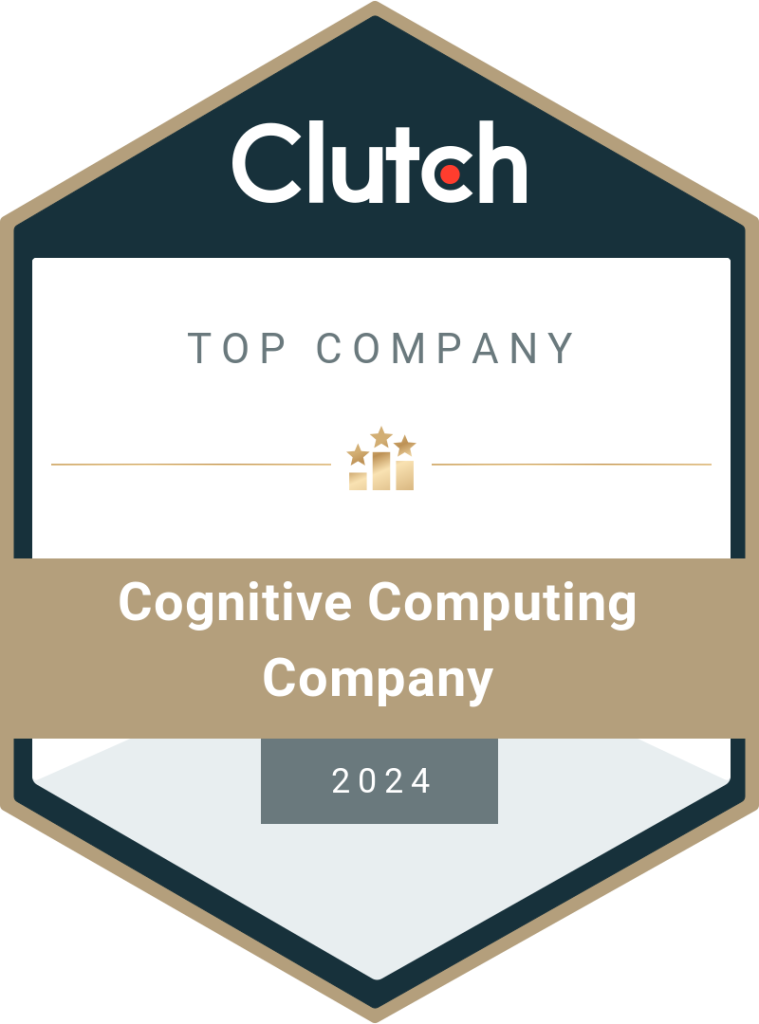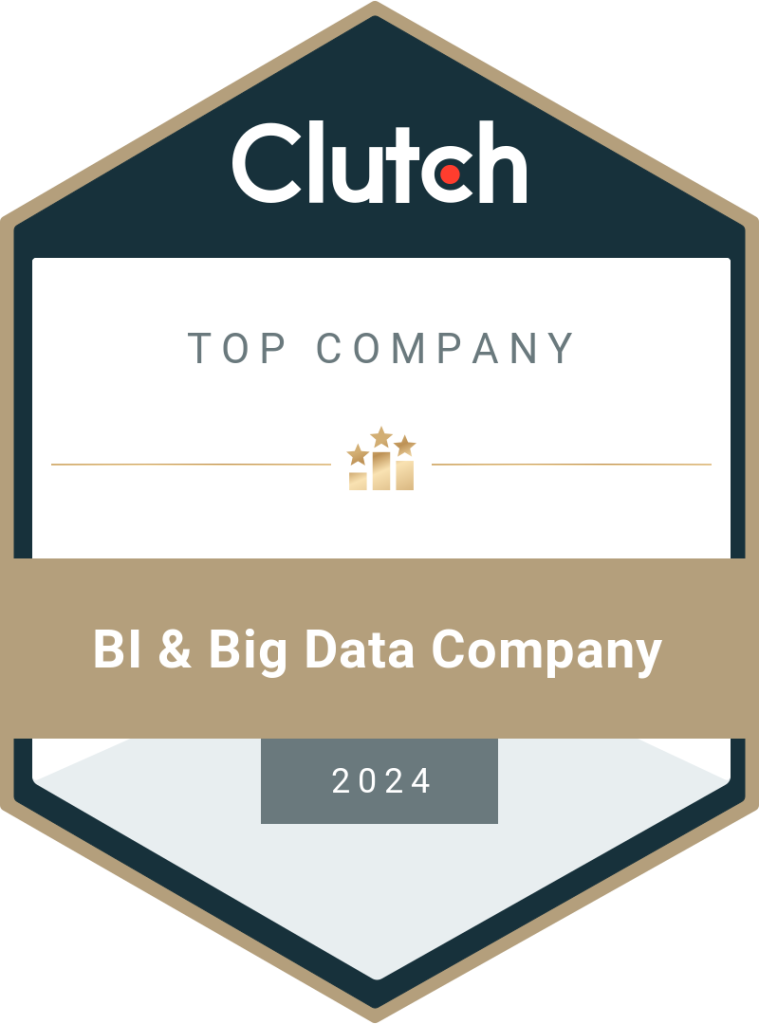Decoding Large Language Models in Customer Support
LLMs are advanced AI models that use various technologies to provide human-like responses to a given input. Here, we’ll discuss the role of large language models in customer support, the benefits they offer, and how to integrate them with existing CRMs. Artificial intelligence has become an integral part of customer support in most industries. It helps automate repetitive tasks and provides quick responses to customers. The introduction of large language models (LLMs) and generative AI has further fueled the development of customer support. Many businesses have either invested in LLMs or plan to adopt LLMs for customer care services. According to Precedence Research, the global large language market is estimated to be $7.77 billion in 2025 and is projected to reach $123.09 billion by 2034 at a CAGR (compound annual growth rate) of 35.92%. While North America had a dominant market share of 33% in 2024, the report shows that the Asia Pacific region is going to be the fastest-growing market in the coming years. As per Deloitte’s reports, almost 80% of businesses think generative AI will drive transformation in their industries in the next three years. Another report by Zendesk Benchmark data shows that 72% of CX leaders believe AI agents should work as an extension of the brand’s identity. Moreover, 8 in 10 consumers think AI bots are useful to resolve simpler and smaller issues. In this blog, we’ll find out more about large language models in customer support, such as their role, benefits, challenges, and how LLM companies can integrate the models into customer support systems! How do AI-driven Support Systems Enhance Customer Satisfaction? AI chatbots are software tools built on powerful artificial intelligence and NLP (natural language processing) algorithms to communicate and interact with diverse users. Technologies like machine learning, data analytics, big data, etc., are used to understand customer information and behavior patterns to provide relevant and useful responses to queries and complaints. AI-driven support systems can enhance customer satisfaction in many ways. For example, AI chatbots are easily accessible 24*7*365. Unlike human agents, AI support systems don’t get tired or take breaks. These can assist representatives in handling excess workload by communicating with several end users simultaneously. The systems can be integrated with CRM software and data analytics tools to analyze the data in real-time and provide actionable insights to the representatives. Moreover, any business can use AI chatbots to streamline its customer support processes. AI product development services offer tailored solutions to build, deploy, customize, and implement the systems that align with each organization’s requirements. Additionally, the apps can be built and hosted on-premises or on remote cloud servers. Several enterprises prefer cloud-based AI chatbots as they are more effective, scalable, and flexible. They can be connected across multiple channels and accessed through a unified interface. The data is stored in a central repository and can be accessed in real time. What Industries benefit the most from AI in Customer Support? Almost every industry benefits from using AI in customer support. Most businesses have to interact with customers in some form, be it a retail or eCommerce marketplace, a healthcare center, a travel agency, an IT business, or a utility service provider. Furthermore, effectively analyzing customer data is crucial to ensure the business stays relevant in competitive markets and understands what the target audiences require. By empowering customer service with AI, an organization can streamline data flow, automate workflow, and reduce the load on human representatives. What are the cost benefits of using AI Chatbots for Customer Service? This is an important question, as many businesses hesitate to adopt AI and LLM technologies due to the costs involved in the project. While the initial investment may be expensive, organizations can gain many cost benefits and enjoy higher ROI in the long run. A few benefits of using chatbots for support are as follows: The advancement in technology and the development of large language models (LLMs) have revolutionized customer support in many more ways. LLMs can be used to build advanced AI agents that can empathize with customers and provide more human-like responses to their queries. These are powerful and can perform complex tasks with relative ease. Can Large Language Models Reduce Response Time in Customer Support? Absolutely! Large Language Models can reduce response time in customer support through automation. That’s because they reply instantly to a user’s message and try to provide a resolution. LLMs work in real-time to understand the input data and share a relevant output. Generative AI applications built on large language models are some of the best chatbots and AI agents used by businesses. A greater share of customer queries can be resolved without human interference. This makes it possible for a business to be active and efficient even on non-working days or holidays. Customers who raise a concern on a weekend don’t have to wait for a representative to check their emails on a Monday morning. They can find a solution through LLM chatbots. Not only do LLMs reduce response time, but they also provide contextually relevant and accurate answers using deep learning technology. This makes them a worthy option to revamp the customer support departments. How Can Large Language Models Improve Customer Support Efficiency? The quality of customer service offered by a business can determine its success and brand image in competitive markets. Customers of today don’t want to wait for long hours for a representative to reply to their message. They want instant results and personalized solutions. They want businesses to be customer-centric and show that they matter. In such instances, LLMs and GenAI apps are highly helpful in revamping the customer support department and improving its overall efficiency and performance. It is recommended to hire generative AI services from reliable AI product development companies to align the business mission with customer expectations. Here’s how LLMs can improve customer support efficiency: Seamless Collaboration Between AI and Humans LLMs are used to build generative AI chatbots that support humans in various ways. For example, the customer
Read More





